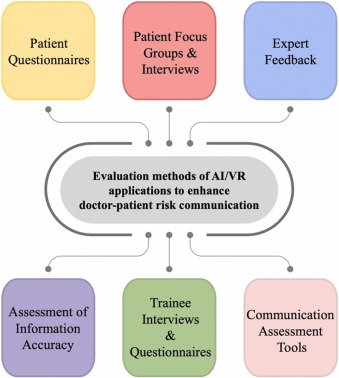
In recent times, the health care sector has undergone a considerable transformation fueled by the digital revolution. This change is redefining the conventional doctor-patient relationship, as digital tools like telemedicine, electronic health records (EHRs), AI-driven diagnostics, and health apps become increasingly commonplace. These technologies are altering interactions and health management between patients and healthcare providers, delivering enhanced efficiency and accessibility. However, they also introduce challenges to vital components of medical practice, including trust, empathy, and human connection.
Traditionally, the doctor-patient relationship has been grounded in face-to-face engagement, collaborative decision-making, and physical examinations, characterized by both verbal and nonverbal communication and compassionate care. This connection is essential for efficient health care delivery and impacts treatment adherence and health outcomes. With the incorporation of digital health tools, this relationship is changing—telemedicine, electronic records, and health applications have improved access and ease but also risk rendering care less personal. Physical exams and diagnostics that previously necessitated a clinic visit can now be conducted from home with various “do-it-at-home” tests and services, prompting inquiries about whether technology is strengthening or undermining the human connection that is fundamental to medicine.
Digital technologies offer clear benefits and convenience. Telemedicine, for example, has eliminated geographical, temporal, and language obstacles, enabling millions to obtain health care more readily. The COVID-19 pandemic showcased how virtual consultations could sustain continuity of care even amid social distancing. Digital tools empower patients by granting access to health information, fostering active involvement in health management. Wearable devices like the Apple Watch and Fitbit facilitate real-time health tracking, enabling personalized care.
Nonetheless, these advantages come with considerable challenges that threaten the crucial human connection in medicine. Firstly, virtual interactions may lack the warmth and subtle communication of in-person visits; nonverbal signals such as eye contact and body language may be reduced or entirely absent. Furthermore, the proliferation of digital tools can lead to information overload, misinterpretation, and heightened anxiety for patients who might lack the medical acumen to accurately interpret real-time data. Consequently, patients may turn to self-diagnosis with information from various online sources, some of which may be inaccurate or unhelpful.
A cultural and generational divide among practicing physicians further compounds these challenges. Physicians differ in their adoption of technology, with some preferring traditional approaches while others are more open to digital tools. This divide can create variations in the quality and consistency of care, with patients familiar with digital platforms feeling neglected by providers lacking technological proficiency. Some patients may actively seek out doctors who can deliver technology-assisted care, while others may be apprehensive about the impersonal nature of the services.
Moreover, as health care becomes increasingly digitized, not all patients have equal access to technology or the proficiency to use digital platforms effectively. Vulnerable populations may be marginalized, unable to fully benefit from digital health innovations, potentially worsening existing health disparities.
Despite these hurdles, the potential for technology to enhance the doctor-patient relationship remains encouraging. The key is to incorporate digital tools in ways that bolster rather than replace the human connection. Empathy and effective communication should be preserved in virtual environments, where cues might be less visible. Clinicians should receive training to establish rapport through active listening and compassionate communication, even without physical presence. This training should commence in medical school, preparing future physicians to be proficient in clinical skills, digital literacy, and ethical considerations.
Ultimately, the digital evolution of medicine calls for a balance between technological progress and human connection, underscoring the importance of trust, empathy, and compassion. As digital tools become integrated into routine practice, health care providers must not only adopt new technologies but also critically evaluate how these tools can reinforce the doctor-patient relationship. This approach will contribute to a more inclusive, responsive health care system that maintains the core values of medicine within a new “hybrid” model.
*Vineet Vishwanath is a medical student.*